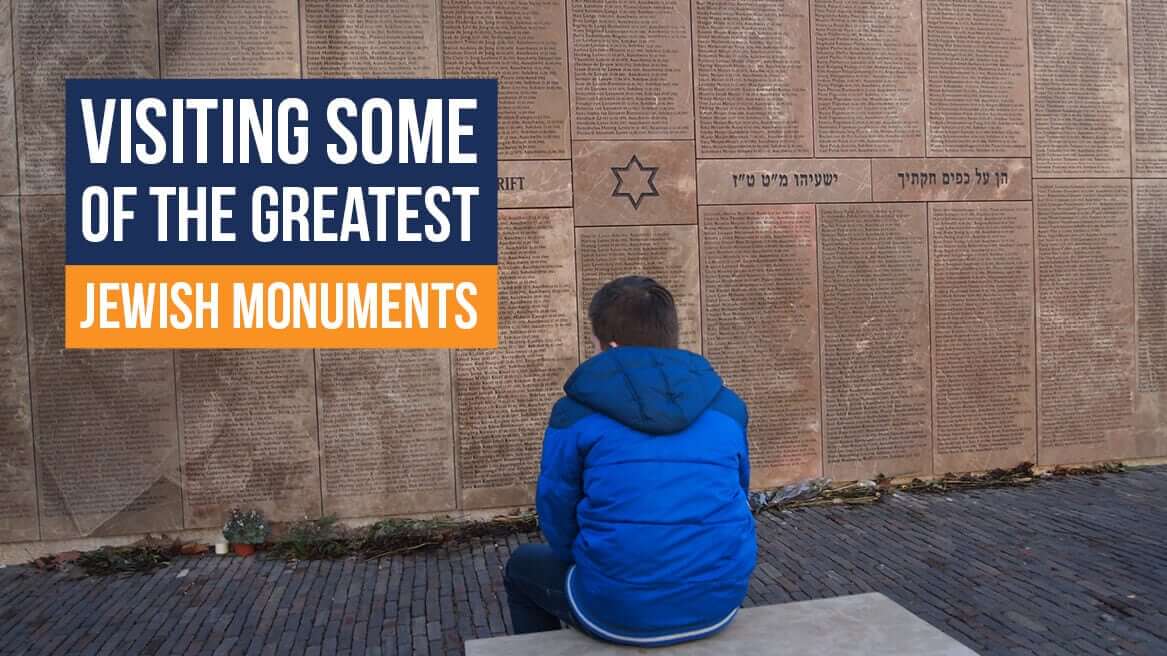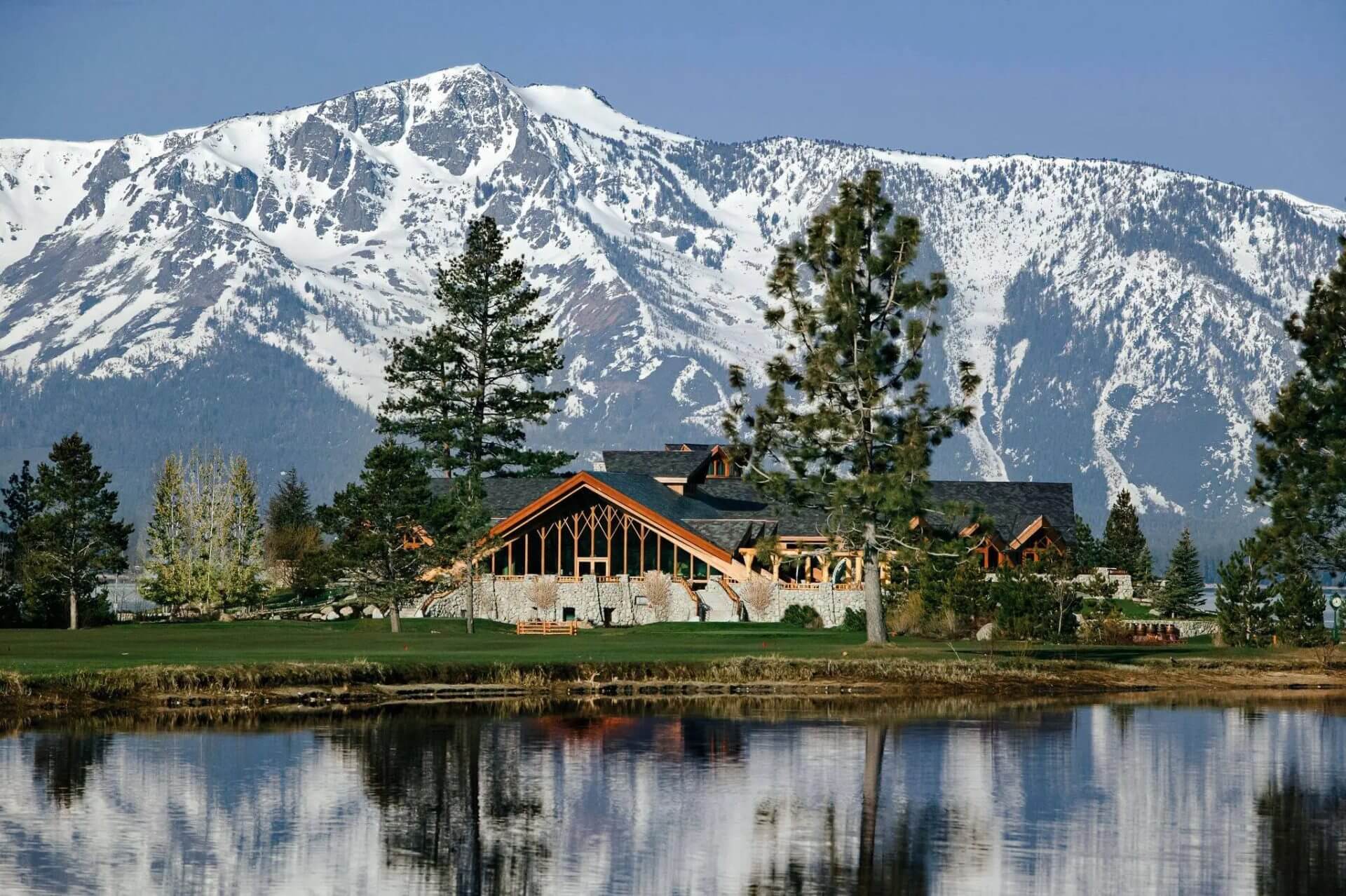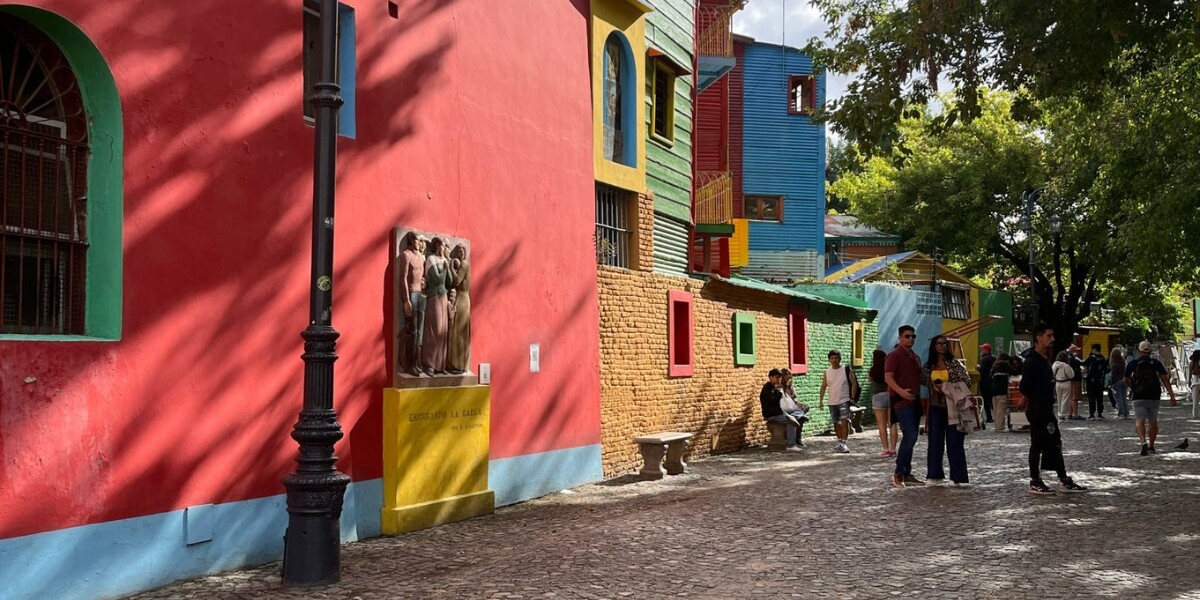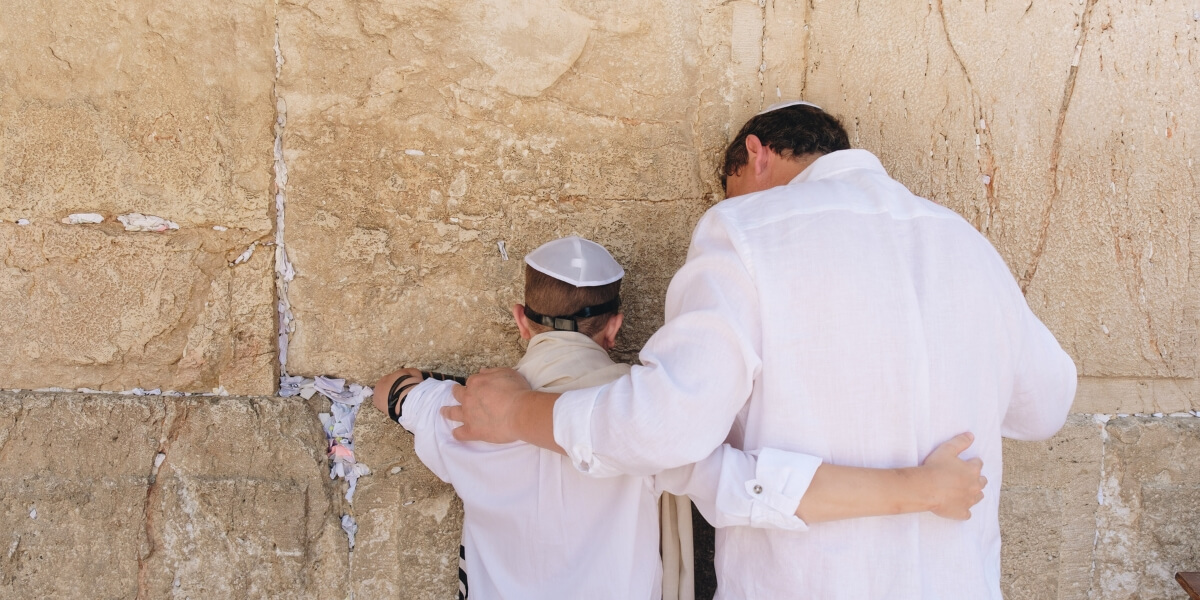
It is impossible to make a mistake when choosing which monument to see while on a Jewish tour of Eastern Europe. There is truly a great number of Jewish monuments in this part of the world, and it is extremely difficult choosing just a few to highlight here, so we will be taking a closer look into some famous and some lesser known, but all extremely relevant memorials one ought to visit in Hungary, Poland, and the Czech Republic, respectively.
Budapest, Hungary
Here is a monument one must see at least once in their life. “Shoes on the Danube” is a public exhibit created by Gyula Pauer and Can Togay in 2005. It is a memorial to the Budapest Jews who were lined up at the banks of the Danube, told to take off their clothes and shoes, and then shot by Arrow Cross militiamen between 1944 and 1945. In their memory, sixty pairs of cast iron shoes, modelled after the original ones, have been welded into the pavement, with an inscription in Hungarian, English, and Hebrew. While here, make sure to visit the Holocaust Memorial Center nearby.
Mád, Hungary
Situated on a hill overlooking the vineyards of the Tokaj-Hegyalja region, between a Catholic Church and a Reformed Church, stands one of the oldest surviving synagogues in Hungary. Mád Synagogue is a rare example the Hungarian synagogue architectural style and a home to an extraordinary bimah. Constructed in 1795, the interior decorations of this baroque edifice show Polish-Lithuanian influences. Mád’s Jewish population was deported during WWII, and the synagogue was abandoned. Today, it serves as a Holocaust memorial, which houses the plaques that honour the townspeople killed in the war. Next to the synagogue stands a rabbinical school, and nearby is the Jewish cemetery that dates back to 1769.
Łańcut and Tykocin, Poland
While in Poland, make sure to visit the synagogues in Łańcut, in southeastern Poland and in Tykocin in northeastern Poland. Both have been restored and are now museums. The Łańcut Synagogue is a 1761 Baroque synagogue and a rare example of the four-pillar, vaulted synagogues built throughout Poland in wood and masonry between the 16th and the 19th centuries. The Tykocin Synagogue is a 1642 synagogue in the Mannerism / early Baroque style, which is home to the historic wall paintings with Hebrew prayers. A former Beit Midrash is located across the street and is now a city museum.
Bełżec, Poland
The Belzec Memorial is the breath-taking Holocaust monument complex situated on the site of a former death camp. It was opened in 2004. The entire death camp site, where some 500,000 Jews were killed, is transformed into a sculpture, and the site includes a museum as well. Here, you will first read the inscription at the entrance in memory of the victims, then walk down the stairs leading to the Wall of Names. The area is covered with slag, so it looks like a field of ashes, while the twisted iron reminds us of barbed wire, and the rust on the inscriptions’ iron letters seems to bleed.
Warsaw, Poland
Adam Czerniakow Family Grave is a lesser known place, but one you ought to visit. In November 1939, German forces ordered the creation of a Jewish council in Warsaw, and chose a member of Jewish Community Council, Adam Czerniakow, to lead it, expecting him to follow their orders. Czerniakow instead pleaded for better conditions and opened kitchens, workshops, and schools. When the Nazis ordered him to assist in the roundup of Jews for deportation, he begged for the lives of the children. Unable to save them, he committed suicide in July 1942. He kept a diary from 1939 until his death, which was preserved by his wife, dr Niunia Felicja Czerniaków, and published in 1979. Their only son Jaś did not survive the war. The Czerniakow family is buried at the Warsaw Jewish Cemetery.
Prague, Czech Republic
Judah Loew ben Bezalel, known as the Maharal, was a Talmudic scholar, a Jewish mystic, and a philosopher who is considered one of the most important rabbis ever. Also, a 19th-century legend says that he created the Golem of Prague. For most of his life he was a leading rabbi in Mikulov (Moravia) and in Bohemia, in Prague’s the Old New Synagogue. He is buried at the Old Jewish Cemetery in Josefov, while the statue of Judah Loew ben Bezalel, an outdoor bronze sculpture of the Rabbi and his dog, stands at the New City Hall.
Třebíč, Czech Republic
Trebič is one of the most fascinating towns in the Czech Republic. Located in the lovely Moravia, it is home to two UNESCO sites, one of them being the Jewish Quarter, and the other the Romanesque-Gothic Basilica of St. Procopius. The Jewish Quarter is one of the best preserved Jewish ghettos in Europe, and it includes two synagogues, the collection of houses, and the Jewish Cemetery. It is a place of tremendous cultural and historical significance truly worth your visit.



